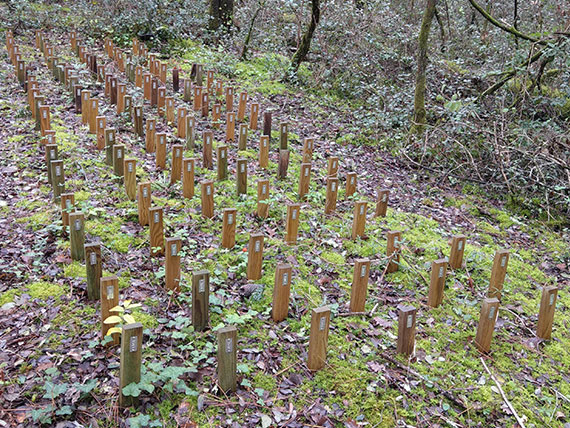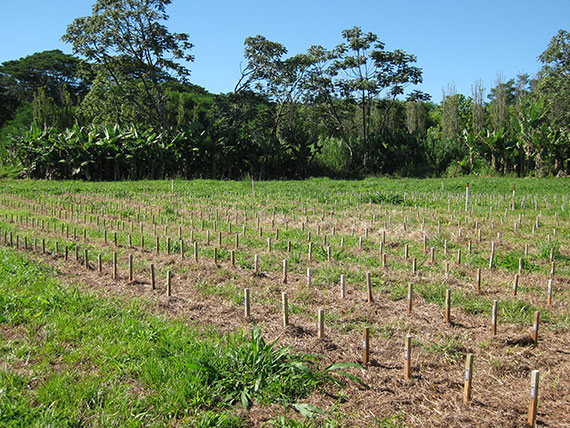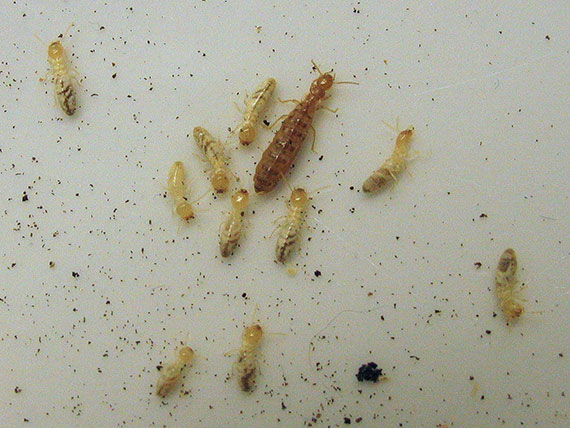Biological efficacy testing
In the development of wood preservatives, determination of their efficacy against wood-destroying and staining organisms and insects is a decisive criterion. Therefore, Wolman examines the effectiveness of its preservatives in standardised laboratory and field testing procedures.
In August 2007, the biological testing laboratory at Wolman was granted accreditation according to DIN ISO 17025, receiving official recognition of the quality of the testing it carries out.
Why do biological efficacy tests have to be carried out?
In many European countries, wood preservatives used for the preventive treatment of building products and components made of wood or wood-based materials used in supporting or reinforcing applications require approval from the national building supervision authorities. In Germany, such approvals are granted by the German institute for civil engineering (Deutsches Institut für Bautechnik).
One criterion for granting such approvals is proof of the protective efficacy of a wood preservative. To provide such proof, standardised biological efficacy tests must be carried out, in accordance with the preservative’s intended application field.
What tests have to be carried out?
In Germany, wood is divided into use classes that correspond to its intended application field (DIN 68800 part 3). For instance, wood used outdoors in contact with the ground is assigned to use class 4. Under these conditions, the wood is constantly exposed to the elements and its moisture content reaches levels that make it susceptible to infestation by wood-destroying fungi. Wood preservatives used in this field must be preventively effective against fungi and weatherproof as well. The required tests are stipulated in DIN 599-1:1996 “Performance of preventive wood preservatives as determined by biological tests”. For use class 4, the effectiveness of a wood preservative against brown rot, white rot and soft rot fungi must be determined in EN 113 and ENV 807 standard laboratory tests on test samples which have been allowed to age. In addition, field tests must be carried out on treated wooden stakes (EN 252 standard) and, if necessary, laboratory tests with various beetle and termite species.
How are biological efficacy tests carried out?
The principle behind biological testing is explained here briefly using the example of testing standard EN 113 “Method of test for determining the protective effectiveness against wood-destroying basidiomycetes.” Wooden test samples are treated with the preservative and then exposed to attack by test fungi in a Kolle flask, a special container for cultures. Depending on the efficacy of the preservative, the test fungi attack the samples to a greater or lesser extent and decompose the wood. After a test period of four months, the weight losses in the samples are calculated. This weight loss is the measure of efficacy. The lower the weight loss, the more effective the preservative is.
The test fungi used are those with practical relevance as wood destroyers. Among the fungi specified in the EN 113 standard are cellar rot fungus, many-zoned polypore, bracket fungi, (gleophyllum trabeum), oligoporus placentus, the scaly lentinus mushroom and true dry rot.
Dr. Franziska Friese
Laboratory Manager Biological Testing
„We are research- and technology-oriented, forward-looking, environment- and consumer-friendly.“
Download: Testing tasks and services of the biological testing laboratory



